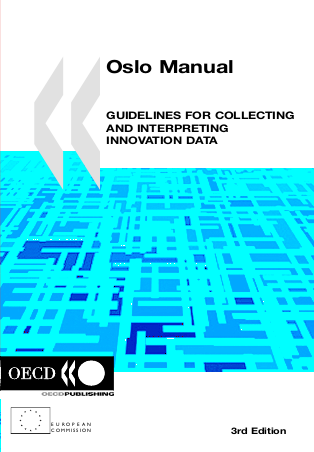
It is widely accepted that innovation is central to the growth of output and productivity. However, while our understanding of innovation activities and their economic impact has greatly increased since the first edition of the Manual, it is still deficient. For example, as the world economy evolves, so does the process of innovation. Globalisation has led to dramatic increases in access to information and new markets for firms. It has also resulted in greater international competition and in new organisational forms in order to manage global supply chains. Owing to advances in technologies and greater flows of information, knowledge is more and more viewed as a central driver of economic growth and innovation. Yet, we do not fully understand how these factors affect innovation.
The Oslo Manual, developed jointly by Eurostat and the OECD, is part of a continuously evolving family of manuals devoted to the measurement and interpretation of data relating to science, technology and innovation. This includes manuals, guidelines and handbooks covering R&D (Frascati Manual), globalisation indicators, patents, the information society, human resources in S&T (Canberra Manual), and biotechnology statistics.